Green Passive Revolution and Fascism Redux
A robust and growing body of critical social-scientific research suggests that market led strategies for navigating renewable energy transition, for adapting to and mitigating global warming and for restoring environmental degradation through the introduction of green products and services only —without a fundamental political-economic transformation— will not have desired greening effects and are more likely to make things worse. This research identifies several reasons for this.
Herculean Power
First of all, the market is not only a mechanism for the distribution of goods and services but also a medium for wielding metamorphic power through buying and selling. As such, markets, given that they are real social institutions, have specific characteristics which constrains what is possible to achieve within their framework.
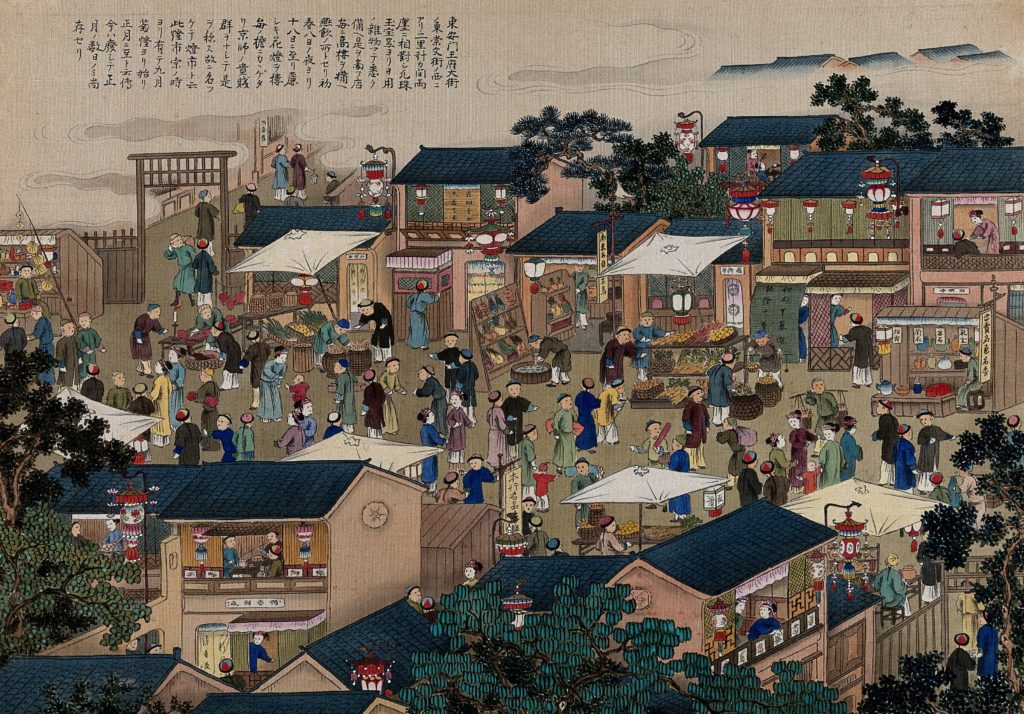
One of these features is the significant and structural difference between capital in its money form and wage incomes. This is difficult to see and grasp because almost everyone uses money, money seems to circulate at speed throughout the whole economy and money seems to allow itself to be added up or subtracted in quantities completely unproblematically. Despite all this, wage incomes and capital in money form exist very differently and do very different things.
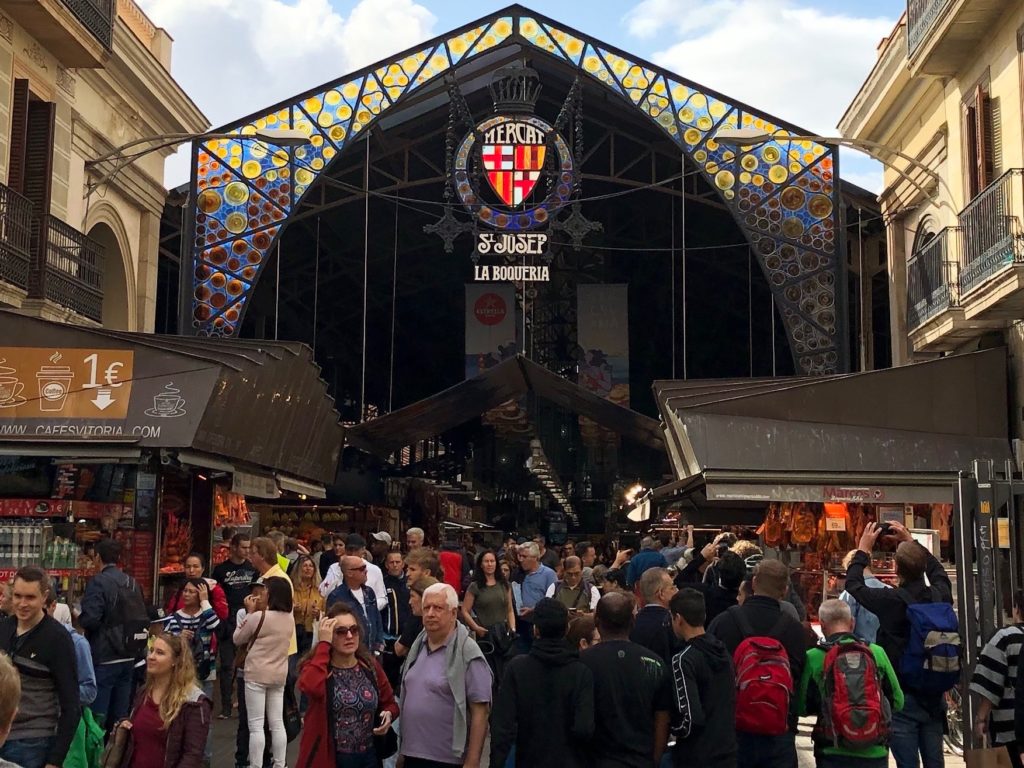
Wage incomes, so long as we have them, are eminently useful in many different ways: we can secure our entitlements to food and shelter with them, we can ease, complicate, beautify, and speed up our lives in a multitude of different ways with wage incomes because they give us access to the cooperation of strangers (which is why we like having more money than we do). Wage incomes are also convenient for calculating what you should be able to get for your contribution to the greater good, and for measuring the worth of things. They are also somewhat OK, but not great, for storing wealth over the long term. As a medium of exchange, wage incomes are thus useful in a myriad ways. Money in the form of wage incomes, then, is deeply integrated with the intergenerational social reproduction of households even though the intergenerational social reproduction of households and their communities depend on more valuable (care and other) work done by women, children, the elderly, kin-folk, neighbours, domesticated and undomesticated species, ecological processes etc. than is actually measured by money. Nonetheless, money in the form of wage incomes does to some extent measure, however imperfectly, the time we exchange with each other in order to satisfy our needs collectively. In Canadian communication theorist Harold A. Innis’ terms, money in the form of wage incomes, as a medium of exchange and communication, is thus time-biased, I argue, because of its mediation of social reproduction.
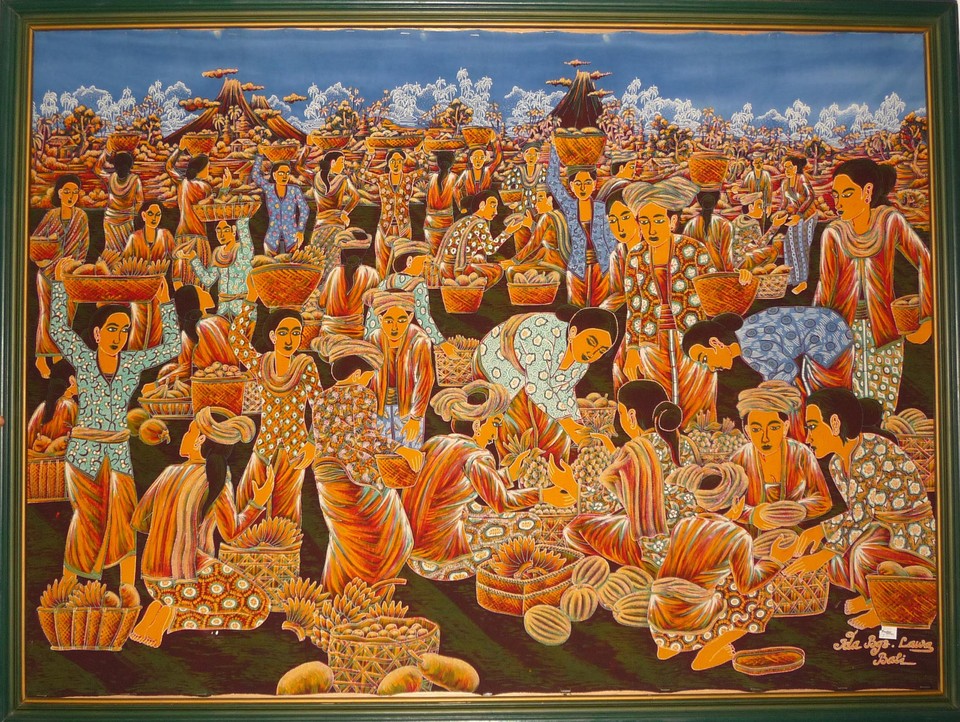
In contrast, capital in the form of money is truly magical: it can turn any one factory into another, a fleet of airplanes into soybeans, bridges into nurses, condominiums into algorithms, teachers into soldiers, pineapples into nanotechnology and so on, as capital buys in and invests in one of these avatars of itself before selling off to invest in another. But this Herculean power to move mountains, part seas, tear down the world and build it up again, exists at the behest of one fundamental condition. For capital to be this Herculean shape-shifter, it must take a determinate quantity of money, throw it onto the market, and once the dust settles, that determinate quantity of money must now be larger. But if capital in money form does not grow systemically, it loses value and self-destructs.
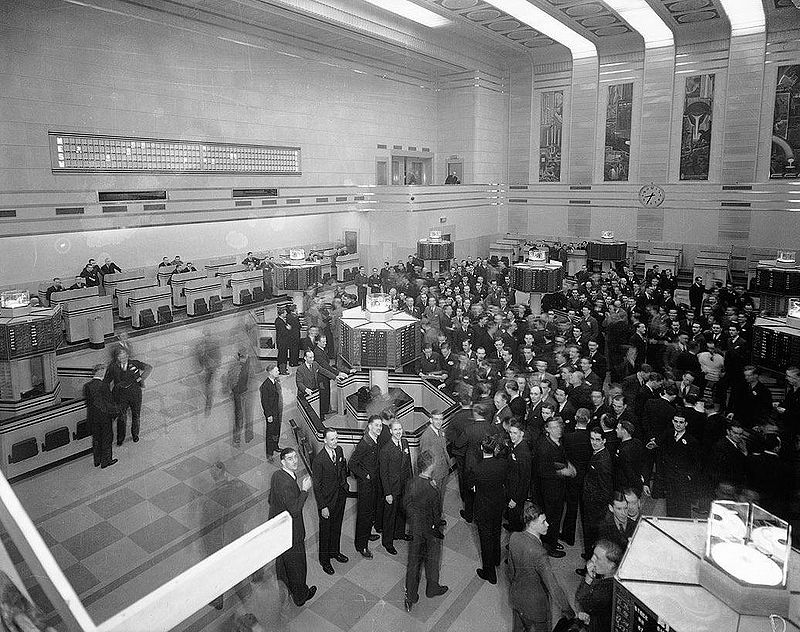
This is because capital in money form thrown onto the market is credit, and so, from the very beginning, money in the form of capital is also debt. Money as capital, in contrast with wage incomes, is useful only if it can turn into a larger quantity of money. Capital, in its money form, is thus cursed and blessed with its driving imperative: either grow or self-destruct. For this reason, money in the form of capital, in its deepest being, is in infinite acceleration seeking to do away, ideally, with any delay between being a determinate quantity and a larger determinate quantity so that accumulation may be, ideally, infinitely instantaneous. Despite being divisible down to the penny, money in the form of capital is also always systemic in precisely this way. In Harold A. Innis’ terms, money in the form of capital, as a medium of communication and exchange is thus space-biased.
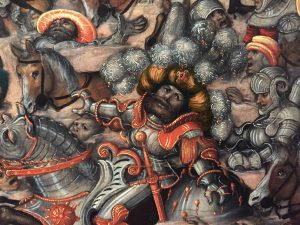
As such, it is obviously at the point of totally losing touch with any reality (which is always in time) and is delusional and so deeply crisis prone.
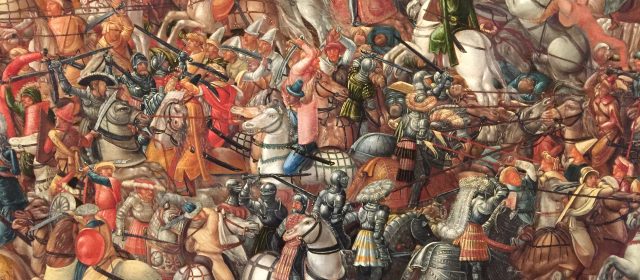

Peruzzi Altarpiece, about 1309–15, Giotto di Bondone and His Workshop

Now Adam Smith had already noted in the very early days when the market for capital first emerged that the more perfect and efficiently the market operated as a system of cut-throat competition, the more profit rates would tend toward zero, undermining the possibility of the accumulation of capital.
So one aspect of the market that yields capital’s metamorphic power is undermined by another aspect of the market that is also a crucial condition for that metamorphic power. As the French historian Fernand Braudel noted, the only way proprietors of capital can manage and outrun this contradiction is by having financially indebted political power create monopoly spaces for them while expanding the spatial scale at which capital seeks to grow by externalizing costs to bodies and their eco-systems. Capitalism begins, Braudel famously writes, when Genoan, Venetian and Florentine bankers get princes and kings to do their bidding because these sovereigns are indebted to them. Thus the metamorphic shape-shifting power of capital is fully integrated with war-making sovereign power.
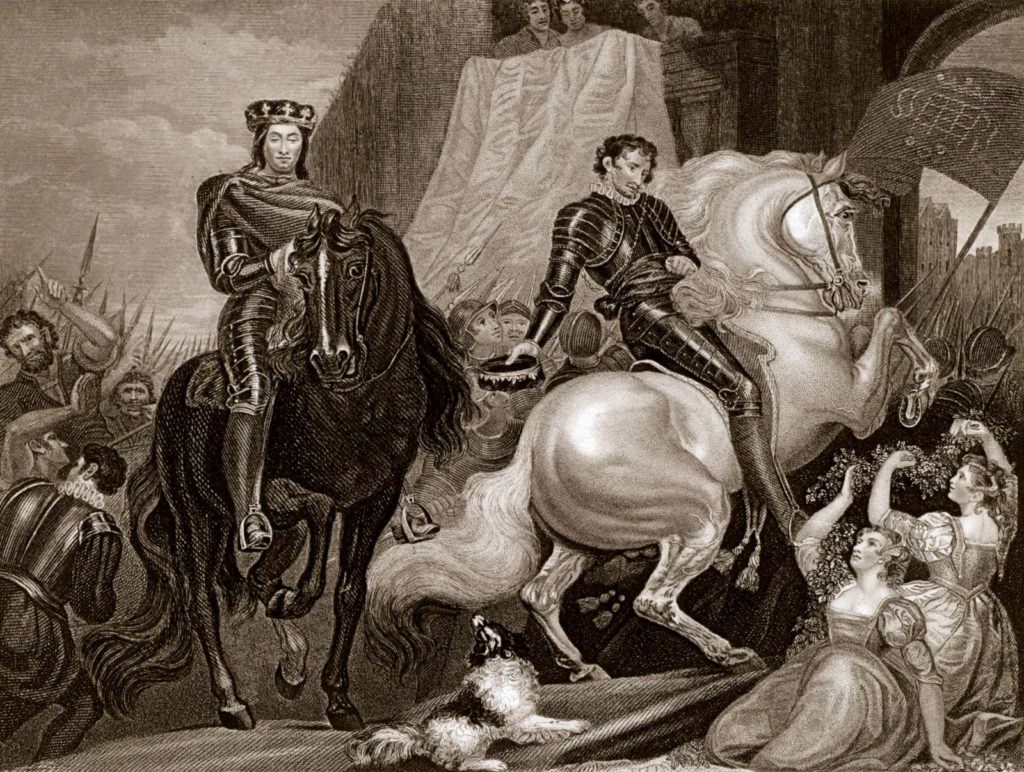
This is also why historical-racial capitalism, modern colonialism and the new kinds of patriarchy and hetero-normativity that characterize the modern state are three sides of the same coin. The historical sociologist, Giovanni Arrighi, observes that historical capitalism, roughly from 14th century to the present, has involved the creatively destructive production of new spaces of accumulation under the leadership of an imperial monopoly-protecting power (with their competitors and rivals in monopoly-making in tow) in response to periodic deep crises of profitability: First the mediterranean city-state complex, then the Portuguese led Old World trade networks, then the Spanish south Atlantic and the Dutch trans-Atlantic triangular systems, followed by world encircling, coal-based British Imperial system, and most recently the planetary scale U.S. superpower led, petroleum based global urban system— each integrates, assimilates and subordinates other ways of being in the world into culturally-politically transformed and ever expanding environments of accumulation. Actually existing capitalism, then, is a system where the game of turning a determinate quantity of money into a larger quantity of money depends upon the mobilization of state power and the mobilization of state power in all of its different forms depends upon the accumulation of capital through the production of new kinds of urban environments. Drawing on the work of historians Peter Linebaugh and Marcus Rediker, I call the operational effectivity of this history now articulating together high finance, state power, a labyrinth of colonizing institutions and transnational corporations in our present era “herculean power”.
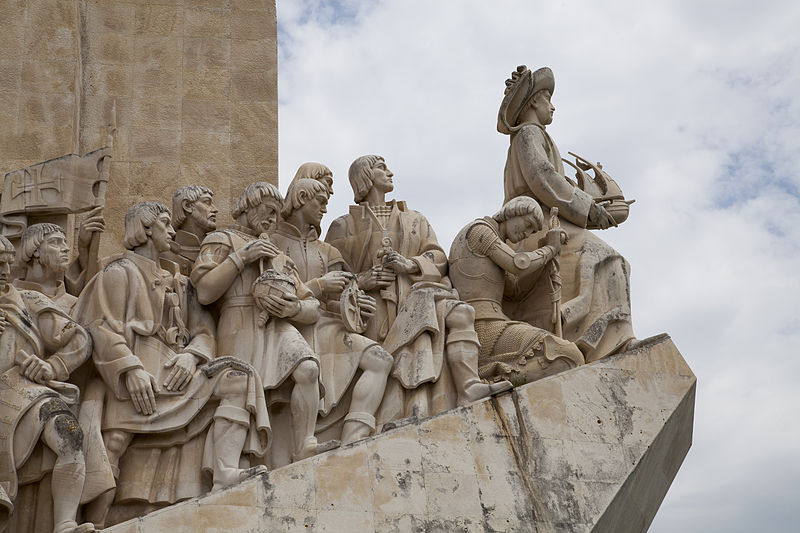
Ultimately, this mediation of “free markets” by class herculean power is why wage incomes, no matter how much these are scrimped and saved, or amassed and combined, can never add up to that last decisive magical coin that would convert the whole pile of wage savings into capital. Even though wage incomes can be and to a great extent are derived from capital, wage incomes cannot themselves directly turn into capital (but they can be and are clawed back into capital through the sale of commodities). One can think of this in this way: Even though proprietors of capital sell commodities, the powerful never sell off their power. Wages can buy all kinds of commodities but the one thing wages can never buy is proprietorial class power. Therefore wages cannot be converted into capital.
As an actually existing, world scale, social institution, the market now connects billions of people to each other as consumers and producers by mediating how they belong together, for the most part by far, as anonymous strangers. But this belonging together is also set apart by this division of social class constituted by this difference and this power asymmetry —between wage incomes and capital— which mediates every other kind of social and cultural difference. All this has huge ecological and social justice consequences.
Green Passive Revolution
Let us then consider the actual social and political consequences of a market led renewable energy transition based on the introduction of productive and consumer commodities. This is the dominant pathway of change taken-for-granted as the only pathway of change by corporations and most governments as well as major civil society institutions like universities and, now, many unions. Advocates of this pathway of change argue two things. First, favourable investment climates and tax holidays can mobilize the vast pools of money that now circulate in the global economy for the creation of green jobs, green services, and the building of green and renewable energy infrastructure. Secondly, this kind of green capital will ultimately flood the market with new green products and services and thus all our problems are solved. But given that the market is not merely a mechanism of distribution and allocation but also a medium of class power, how will things actually turn out?
First of all, without a fundamental reform of the global financial architecture, and, indeed, the conversion of private banking into public and democratically controlled world scale credit unions, the private financial sector will continue to do what it has always done. No matter which government sweetens the pot with what tax holidays, wage freezes, reduced tariff barriers, the green and renewable energy sector will be in competition for their rates of return with every other economic sector, including the oil industry. We are living through an era of deep crises of profitability that has its roots in four long-standing historical processes that are not going to go away: First, the political demand from a multitude of people around the world for a larger share of the wealth produced by the global system; second, intensifying competition between an ever more crowded field of transnational corporations now that the BRICS elite have been admitted into the club of proprietors; third, continually increasing “protection costs” for this competition based system of accumulation as evidenced by the constant upward curve of U.S. military spending; and, fourth, ever increasing internalization of environmental costs (as material scarcities, soil degradation and the pressure from environmental movements mount) which has been unfolding in a sharpening social contradiction that now rivals the contradiction manifest in the ubiquity of the rhetoric of democracy at a time of relentlessly growing social inequality and plutocratic – oligarchic concentrations of political power. Given these systemic pressures on profitability, every dollar invested in green renewable energy will be matched by many more dollars in every other sector as investors and producers seek to turn a determinate quantity of money into a larger quantity of money by any means necessary.
Not only will this mean continually increasing GHG emissions but ever increasing throughput of resources and raw materials that will continue to transform and degrade planetary ecologies. So long as technological innovation remains out of the reach of democratic decision-making in the public and planetary interest, wasteful planned obsolescence or design for the dump will remain economically necessary.
The long term squeeze on profitability system wide will also discipline industries to keep externalizing costs onto human bodies and their ecosystems, in the green renewable energy sector as much as everywhere else, so that whatever green gains materialize through innovation will be undercut by more intense forms of exploitation, oppression and toxicity.
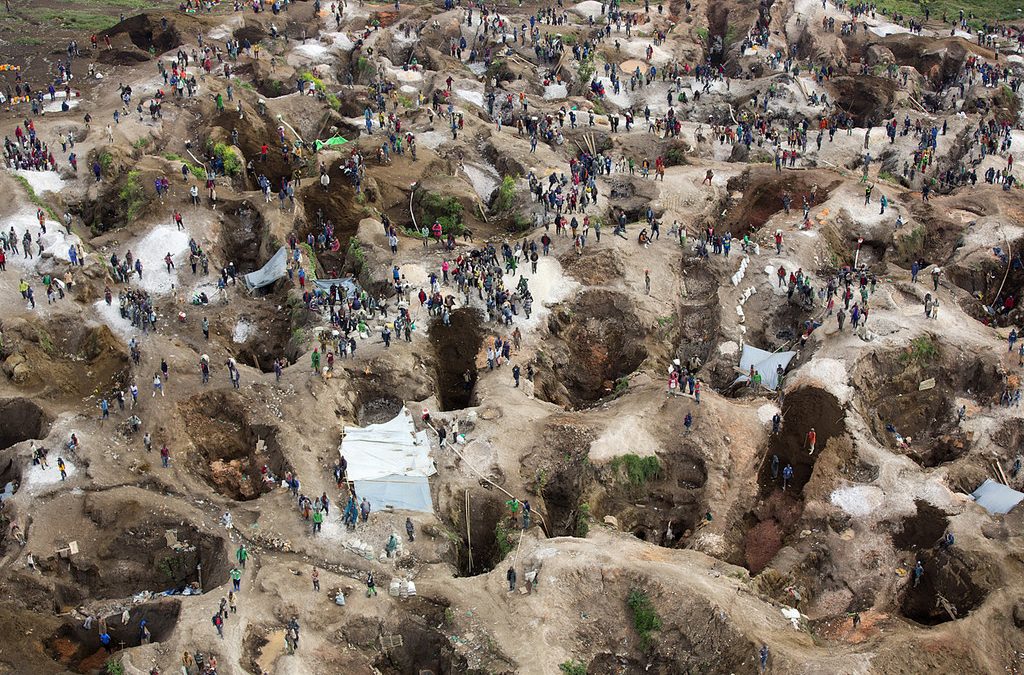
Moreover, the commodity form of green innovation will mean that the ability to pay —not human and eco-systemic needs— will determine their form, their distribution and their effectivity.
For all these reasons, no real solution to the related challenges of global warming and a just renewable energy transition is possible within the existing framework of Herculean power. Industries themselves are deeply constrained by either the competitive pressures under which they operate or by the market discipline imposed on them by their creditors (the financial sector) or both. Governments, in so far as they remain captive to the corporate sector for job creation and ultimately to the financial industry for their credit worthiness, are compelled to keep passing low tax austerity budgets which undercut their abilities to actually do anything significant. A Green New Deal that does not dismantle herculean power will founder on the same sharp rocks. And herculean power will not simply dismantle itself.
Nonetheless, governments and industries now face considerable public pressure from environmental social movements and beyond to be seen to be taking climate action in order to keep herculean power intact. Thus the deluge of green-washing all round. In a different historical era, in the depths of a different social and economic crisis, the Italian social theorist, trade unionist and founder of the Italian communist party, Antonio Gramsci, invented the term “passive revolution” to the name the historical task facing the proprietorial classes in the 1930s. In order to stay in power and block radical social transformation, they had to appear to be changing everything without losing their own grip on power as a consequence. Thus the alliance of herculean power with the Nazis and the fascists, in Gramsci’s analysis, who were able to deliver labour discipline while wiping out political opposition, just as Louis-Napoléon Bonaparte had done in mid-nineteenth century imperial France.
Fascism Redux
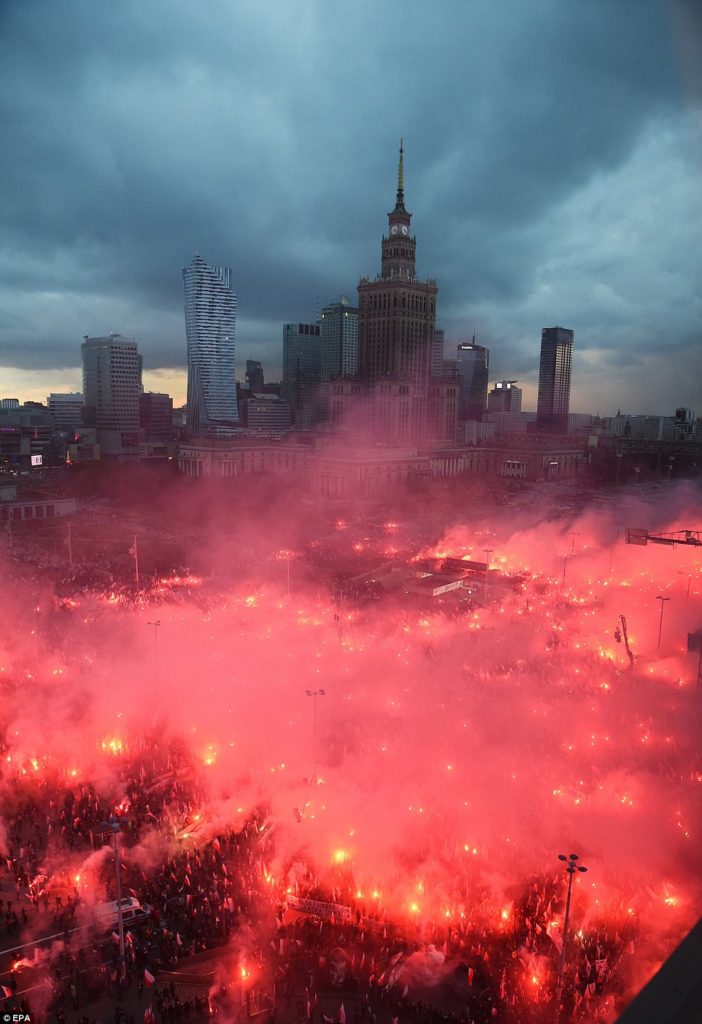
We live in a significantly different historical moment and history does not repeat itself, exactly. Nonetheless, Gramsci’s analysis does shed light on our times, including the contemporary virulence of white supremacy, the return of nazis and fascists and the electoral successes of parties of the far right. As long as governments remain captive to herculean power socio-ecological crises will continue to deepen, unemployment and climate and environmental refugee movements will increase, entitlements to safe food and water will continue to be restricted. Moreover, a grave danger has emerged that racist political movements and gargantuan private wealth will seek and find alliances in state power resulting in protracted ecological security wars and the construction of green fortresses for proprietors and the privileged.

In any case, this Gramscian analysis of our present situation enables us to see that despite the fact that we are entangled in numerous social contradictions, we are not facing any absolute deadlock based on either anthropocentrism or discursive / ontological limits of the imaginable or the representable (whatever are the limits of our imagination, these are ideological and intermedia ecological). Instead, we are in yet another historical and political situation with innumerable and ever-shifting deltaic passages, currents and tide-swells into possible futures and their pasts. In order to dismantle herculean power, we need to reinvent a class politics from below but there can be no class politics from below without struggles against interlocking oppressions and for the regeneration of commons.


